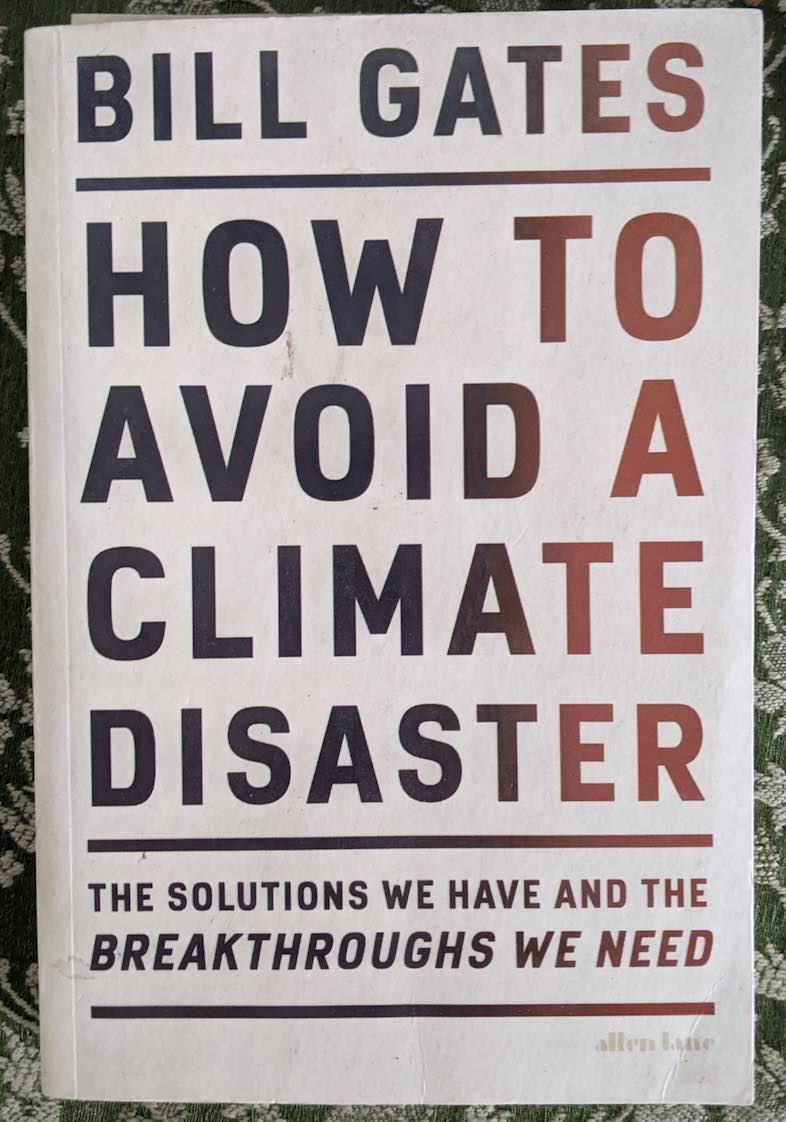The world is starting to realize that sustainability is the future. Everyone, especially big players from various industries, is doing everything possible to make their business more eco-friendly.
But did you know that the real estate industry is also trying to become more sustainable? That’s right, sustainable real estate is a new trend in this industry, and many are wondering what it means.
To help you better grasp sustainable real estate, we made a guide on it and all it implies. So, let’s see.
What is sustainable real estate?
Let’s start with what sustainable real estate is. Any commercial or residential property designed, built, and run to reduce environmental impact is sustainable or eco-friendly real estate.
A property can be sustainable in numerous ways – from how it was built to how it is operated. Sustainable practices must be followed at every stage of the project, from planning, designing, and building to operating and maintaining.
Moreover, a property must not be newly built to become sustainable. Older properties can also go through green rehabbing to become more sustainable.
And if you’re wondering why the industry is suddenly moving in this direction, there are several reasons. This sustainable trend in the real estate industry has been a direct result of the need to protect the environment, the desire to reduce money on operating costs, and strict government rules as well.
Not only is low-carbon building better for the environment, but it also has lower operating costs. But that’s not all; sustainable properties also have better resale value and higher occupancy rates. So, it makes sense for the real estate industry to go in this direction.
Benefits of sustainable real estate
The numerous benefits of investing in sustainable real estate are why everyone is starting to follow this trend. Let’s see all the benefits of investing in sustainable real estate.
Lower carbon footprint
It’s no secret that 40% of carbon dioxide emissions come from the real estate industry. Construction, operations, and maintenance contribute quite a bit to the carbon footprint. But by switching to and investing in sustainable real estate, this can change.
As mentioned, from planning and designing to building and construction, investing in sustainable buildings can lower the amount of carbon emissions. This, in turn, can result in healthier and more resilient communities and a healthier environment.
Improved resale value
Sustainable properties, which meet specific sustainability standards and have up-to-date infrastructure, have higher resale value. This is a great benefit for developers and agents alike.
For example, homes that have high energy efficiency ratings are more likely to be sold for higher prices than homes that don’t.
Lower operational costs
Every sustainable property is designed to conserve and use resources more efficiently. This means the costs of operating the building and heating and cooling are much lower. Of course, this is great news for owners, tenants, and property managers alike.
Healthier and more resilient communities
This benefit is pretty obvious. Living in sustainable properties creates healthier communities. Communities live in a healthier environment since there are no toxic materials used in the creation of the buildings, and maintenance requirements are less resource-intensive.
Similarly, thanks to sustainable real estate, communities are more climate resilient. Eco-friendly buildings protect biodiversity, conserve resources, support local revenue, and create new green jobs.
Challenges of sustainable real estate
Unfortunately, implementing sustainability into real estate doesn’t come without its challenges. While we know there are various benefits to this type of real estate, the problems with affordability, lack of awareness, and lack of standardization create challenges.
Affordability
The cost of energy-efficient and renewable energy sources is so high that many communities can’t afford it. In most cases, replacing outdated appliances is too expensive, not to mention installing solar panels. For many communities and households, sustainability is still very much unobtainable.
Inadequate awareness
The second challenge is a lack of awareness. Maybe sustainable real estate would be even more popular if more people knew it. Due to the lack of education and training for builders, developers, agents, and buyers, many missed opportunities and less sustainable properties exist.
Lack of standardization in sustainability
Yet another very serious challenge is the lack of standardization when measuring sustainability. While there are various rating systems and indicators, no one method is used and recognized by all. And this represents a problem.
Developers and builders can’t keep up with evolving laws and regulations. Similarly, agents, buyers, and tenants can’t compare properties and thus can’t make sustainable decisions.
Wrapping Up
If you’re wondering if investing in sustainable real estate is a good idea, the answer is yes. Sustainable real estate has numerous benefits; if we support them, we’ll be driving a positive change for our environment and future generations.
The article is contributed by Erin Lane, a creative writer and lifestyle blogger from Australia. Erin has five years of experience in writing on numerous topics, including health, fashion, fitness, makeup, home improvement, decoration, business, and finances. She can be reached on her Facebook or X profiles.







Add comment